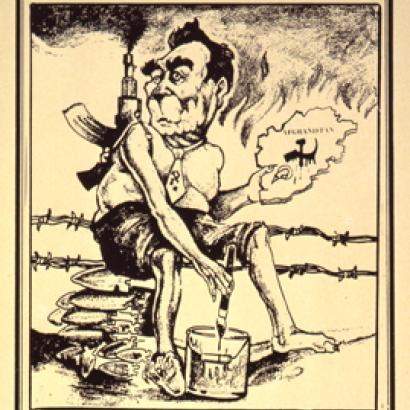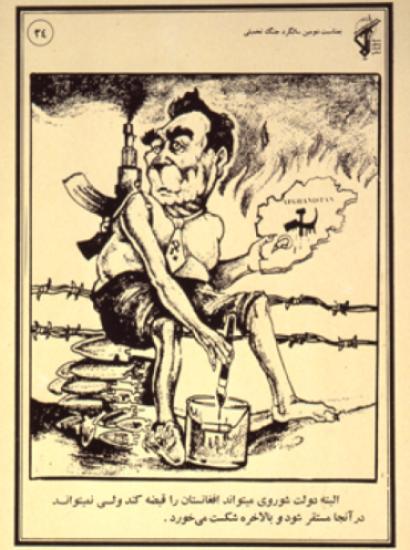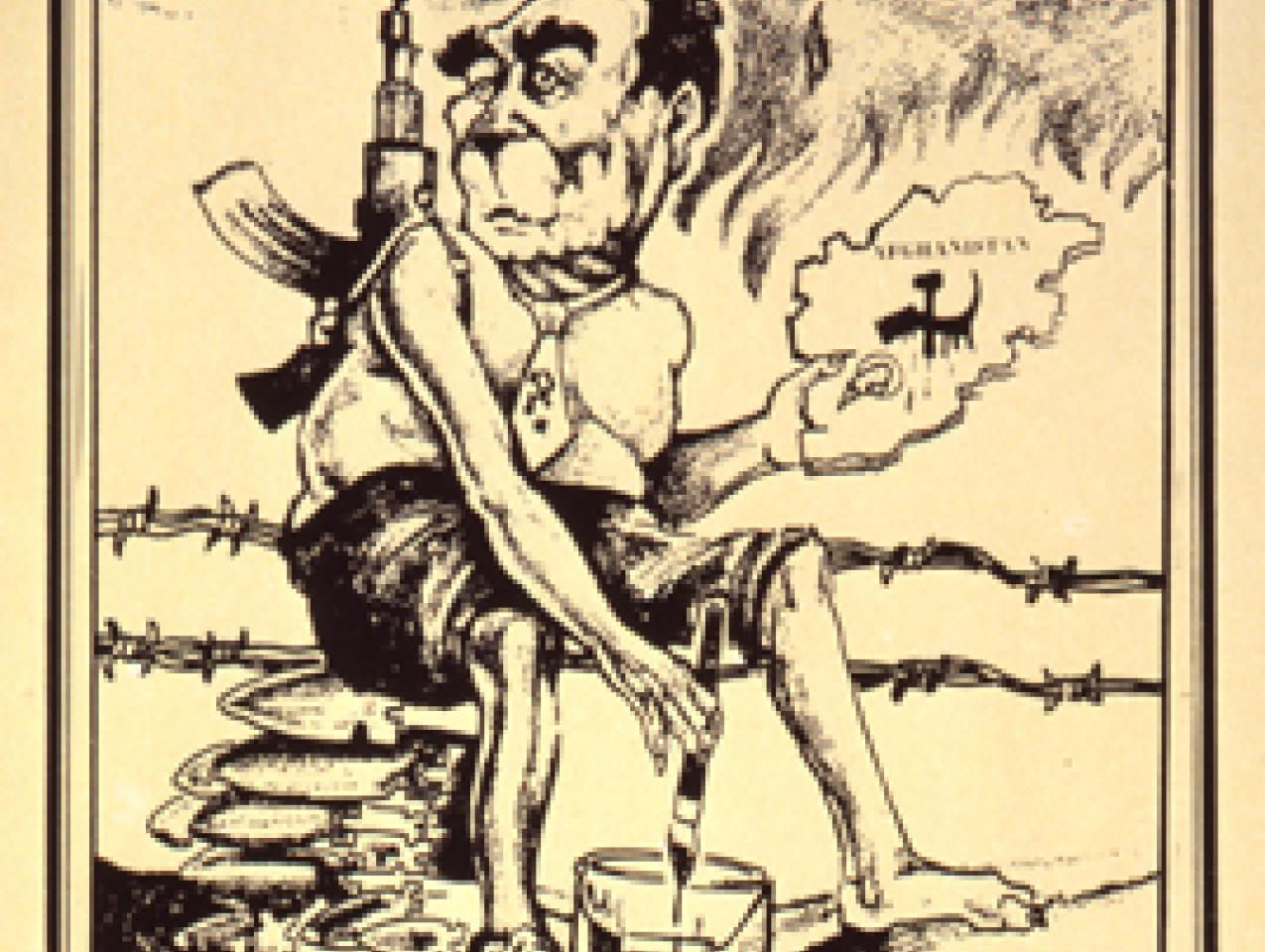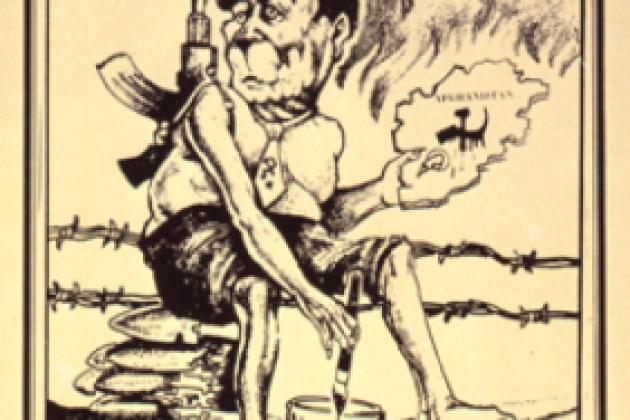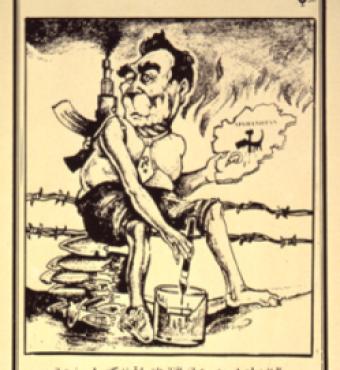- History
- Military
- Politics, Institutions, and Public Opinion
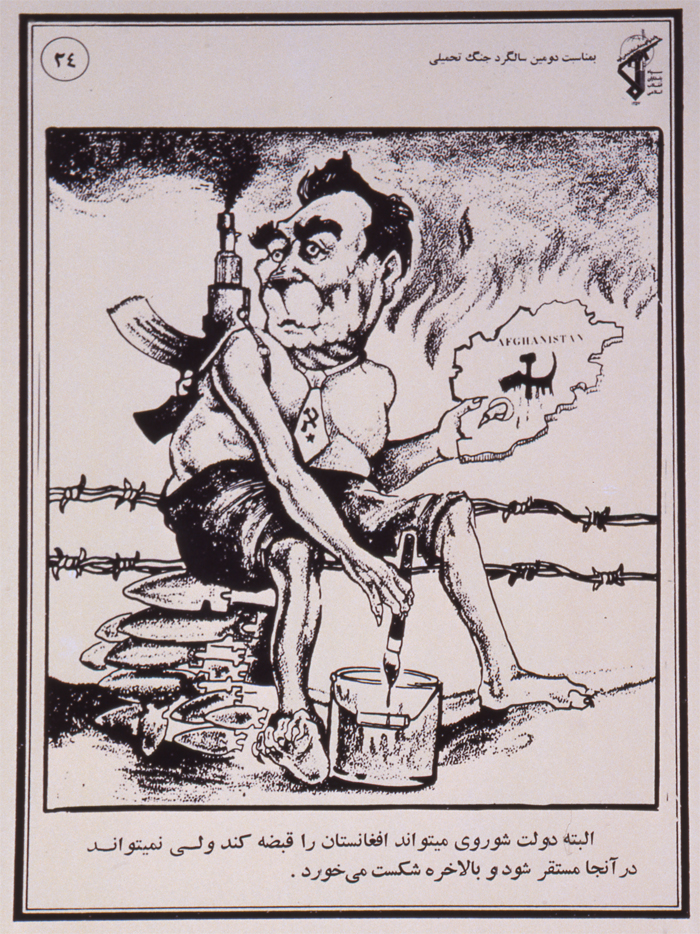
This past week, the Marine Corps announced that it will be deploying 300 Marines to Afghanistan’s Helmand province to serve in an “advise-and-assist” capacity. According to Brig. Gen. Roger B. Turner Jr., who will command these Marines, their duties will include helping the Afghans in intelligence, logistics, and other combat-enabling functions. Their most immediate concern will be the defense of the province’s beleaguered capital, Lashkar Gah.
Afghan forces lost all other parts of Helmand province after the Obama administration pulled the Marines out in 2014. Administration leaders had defended the withdrawal by arguing that the Afghan forces were ready to handle the situation on their own; last year, once it had become indisputable that the Afghans were in danger of total defeat, substantial numbers of American military advisers began to flow into Helmand. The primary mission of those advisers was to prevent the capital from falling, which they achieved. But Afghan forces have not retaken control of any territory beyond the capital, giving the insurgents unfettered access to the province’s population and its poppy crop, which happens to be the mother lode of global opium production. Whether the Marines will have more ambitious objectives will depend on the inclinations of the incoming administration.
History suggests that military advisers can be more useful in helping partner forces fight off conventional attacks than in assisting them in conducting large-scale counterinsurgency operations. American advisers can readily enable their counterparts to guide precision strikes onto military targets of any significance—the types of military targets that the enemy would need to present in order to take over Lashkar Gah. This capability was first made plain fifteen years ago in northern Afghanistan, when U.S. Special Forces advisers working alongside the Northern Alliance obliterated Taliban military targets, leading to the Taliban regime’s downfall.
In counterinsurgency, on the other hand, the enemy can operate in a dispersed fashion that makes them difficult to target. Enemy combatants can evade counterinsurgency operations by masquerading as civilians or intermingling with the civilian population. As prior conflicts in such places as the Philippines, Vietnam, El Salvador, and Iraq showed, effective counterinsurgency requires relentless small-unit patrolling of the populous areas, which depends upon the quality of small-unit leaders. Where those leaders have been poor, counterinsurgency operations have been poor—even in the presence of American advisers. The dispersed character of conflict, moreover, demands a large pool of leaders, not just a superstar or two.
Since 2001, the Afghan national security forces in Helmand have suffered from leadership deficiencies. The U.S. Marines have long recognized this problem, and have sought to remedy it by convincing the Afghan government to purge poor leaders, with some success. But leadership problems persist, in part because the Afghan bench is not deep, in part because of political turmoil in Kabul and the longstanding uncertainty of long-term U.S. intentions.
If the Trump administration wants the Afghan government to retake ground, the United States will have to move beyond existing plans. We will most likely need to provide a larger number of advisers and endow them with greater authorities, possibly even command authority over Afghan units. The United States will need to make clear its willingness to stay in Afghanistan until the job is done, in order to embolden America’s Afghan allies and dishearten its enemies. The United States may, in addition, need to alter the strategic calculus of Pakistan, which is abetting Helmand’s insurgents.








